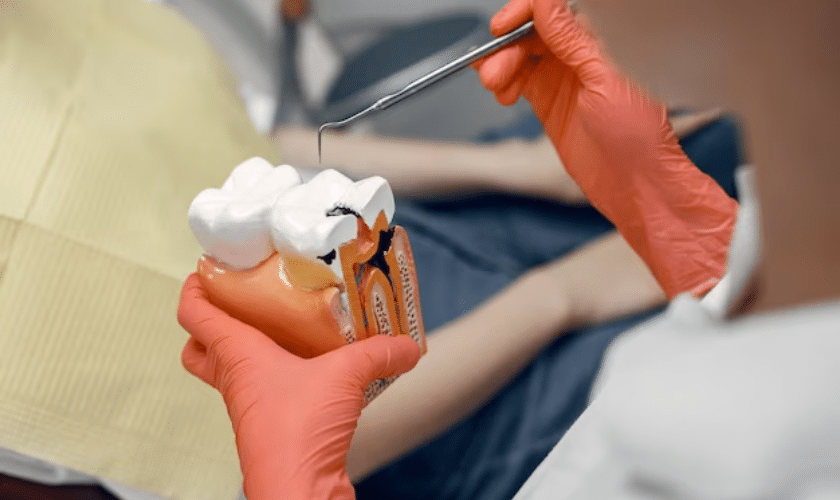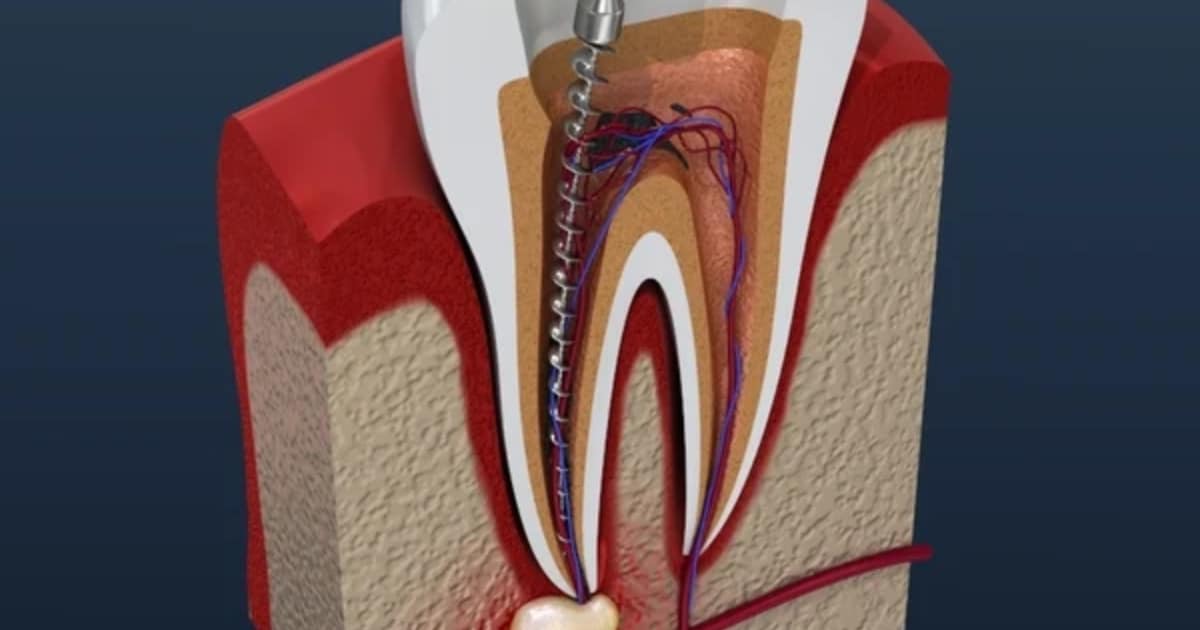
Root canals have garnered a notorious reputation as excruciating procedures, striking fear in the minds of many. Tales of unbearable pain and discomfort often swirl around this dental treatment, leaving individuals apprehensive and hesitant to seek necessary care. However, it’s crucial to separate fact from fiction when it comes to the treatment. This blog aims to unravel the myths surrounding pulp canals, providing a comprehensive understanding of the endodontics procedure’s realities and dispelling misconceptions.
Understanding The Treatment
A root canal is a dental procedure designed to address infections within the tooth’s pulp—a network of nerves, blood vessels, and tissues. Contrary to popular belief, the objective of a pulp canal is not to induce pain but to alleviate it. When the pulp becomes infected due to deep decay, trauma, or other issues, it causes intense pain and can lead to abscesses or tooth loss if left untreated.
Debunking the Pain Myth
One of the most prevalent misconceptions about pulp canals is their purported painfulness. However, advancements in technology, anesthesia, and techniques have revolutionized the procedure, making it significantly more comfortable than its historical reputation suggests. Before the procedure begins, local anesthesia is administered to ensure the area is numb, effectively minimizing any discomfort during the process.
The Role of Anesthesia in Pulp Canals
Local anesthesia is the cornerstone of pain management during the pulp canal. This numbing agent ensures that patients do not experience pain during the procedure. Dentists also use advanced techniques to precisely administer anesthesia, ensuring the affected area is completely desensitized before commencing the treatment. Patients often report feeling pressure or mild discomfort, but rarely do they experience severe pain during treatment.
Understanding the Procedure Steps
Endodontics involves several steps to remove the infected pulp and alleviate pain effectively. The dentist starts by creating an access point to the infected tooth, allowing them to remove the damaged pulp. Once the infected tissue is removed, the interior of the tooth is thoroughly cleaned, disinfected, and sealed to prevent further infection.
Post-Treatment Expectations
Following an endodontic, mild discomfort or sensitivity is common, but severe pain is not typical. This discomfort typically subsides within a few days as the tooth heals. Dentists may prescribe pain medication or recommend over-the-counter pain relievers to manage any post-procedural discomfort. It’s crucial to follow post-treatment care instructions diligently to aid the healing process.
Factors Affecting Pain Perception
Individual pain tolerance, the severity of the infection, and the dentist’s expertise all play roles in determining a patient’s experience during a pulp canal. A qualified and competent dentist employing modern techniques greatly reduces the likelihood of experiencing pain during or after the procedure.
Myth vs. Reality: Patient Experiences
While anecdotal experiences might vary, many individuals report that the discomfort associated with a pulp canal is often less than anticipated. With proper anesthesia and competent providers, patients commonly find the procedure more manageable than they initially anticipated. This helps dispel the myth of excruciating pain.
Long-Term Benefits of Endodontics
Despite misconceptions, endodontics offer immense long-term benefits. By preserving the natural tooth and preventing further infection or tooth loss, this procedure promotes oral health. It also eliminates persistent pain caused by an infected tooth.
The fear of excruciating pain associated with pulp canals is largely based on outdated information and myths. Modern dentistry, including advanced anesthesia and refined techniques, has transformed the endodontic experience into a far more comfortable procedure. When considering root canal treatment in Allen, understanding the realities and dispelling misconceptions are crucial steps toward making informed decisions about dental health.








